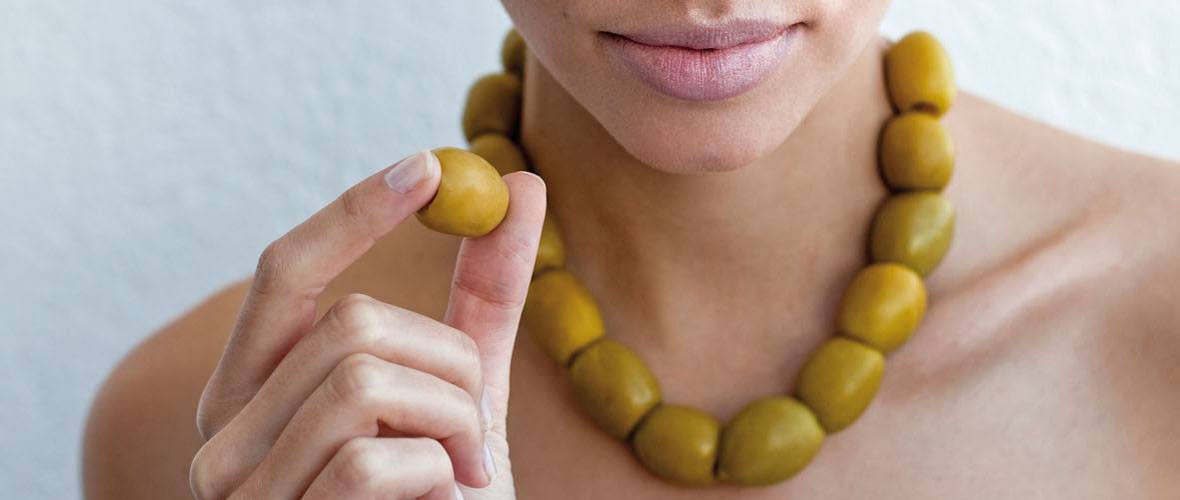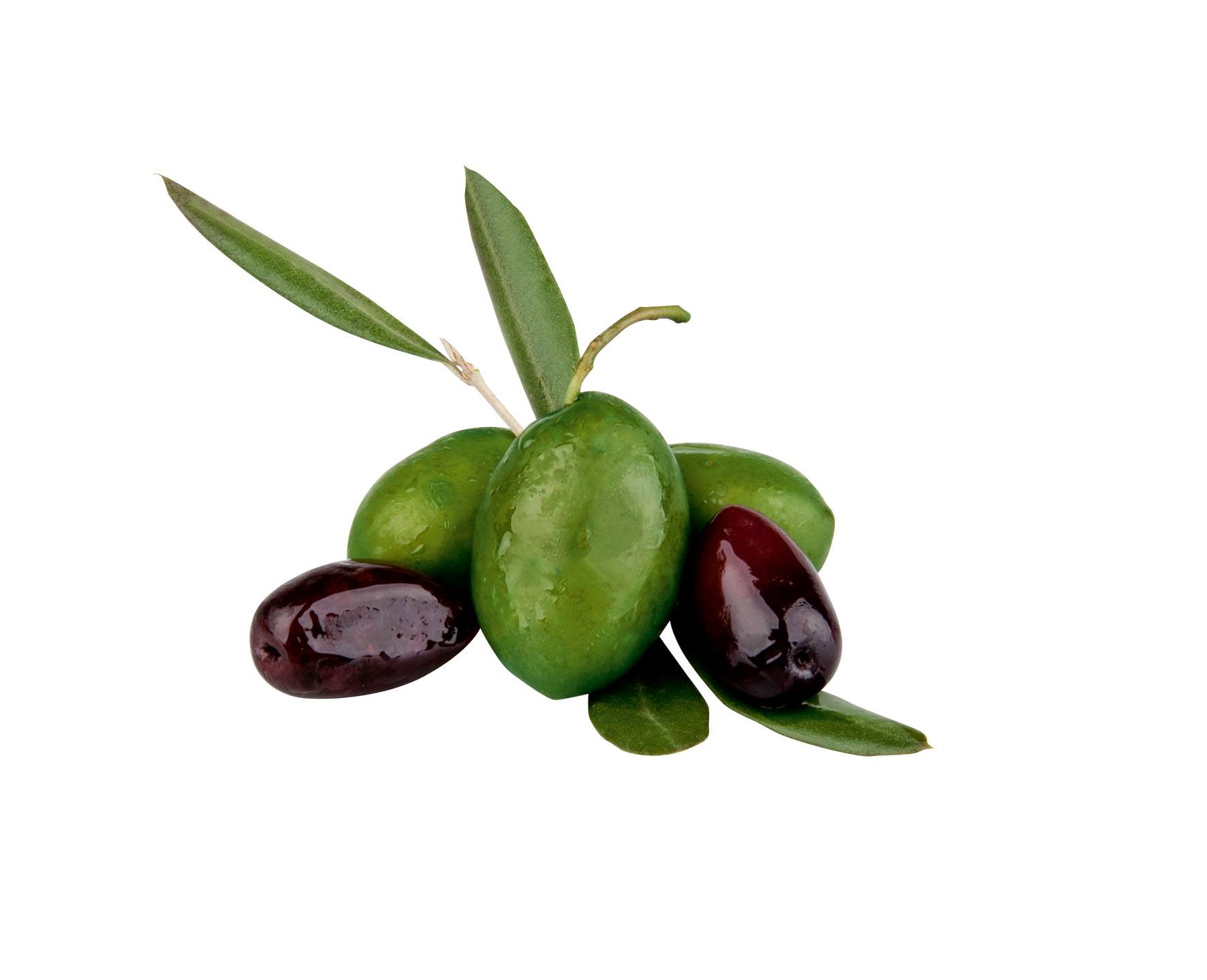Olive oil – the serum of life

This success story has a long history: The olive tree was already venerated as a holy tree in antiquity, its cultivation can be traced back to 2000 B.C. and archaeological finds bear witness to the production, utilization and commercial exploitation of olive oil by the Egyptians, Babylonians, Minoans, Greeks and also the Romans. Unchanged throughout the ages, the high quality of the oil depends equally on the selected olive variety and ist degree of ripeness. The entire stone fruit is processed to produce the oil. The production chain – the harvesting, transport and oil extraction method – is the second significant factor for the production of high-quality extra virgin olive oil. Last but not least, the storage method and duration play a role as well.
Compared to other vegetable oils, extra virgin olive oil features a balanced composition of fatty acids, highgrade mineral substances and trace elements as well as vitamin A and large quantities of vitamin E. Olive oil’s vitamin E prevents the oxidation of numerous substances during their transport in the blood and thus protects the red blood cells. Furthermore, it stabilizes the cell membrane and in this manner even facilitates an astounding anti-aging effect. The jack of all trades olive oil also has a positive effect on the digestive tract, regulates acid production in the stomach and is recommended for the treatment of gastric ulcers.
Classification of olive oils
When talking about the exceptional properties of olive oils, people always refer to oils bearing the designation “extra virgin olive oil.” This is due to the fact that this term only applies to oils that are extracted from high-quality olives. Furthermore, the extraction method may not impair quality. The highest-grade extra virgin olive oils are yielded through cold pressing without the addition of water.
All other olive oil types exhibit quality defects – be it the use of damaged fruits or the consequences of inadequate manufacturing criteria that allow for deficiencies. According to the quality levels defined by the European Union, such lesser oils are classified as “virgin olive oil,” “olive oil,” and in the last step, “olive residual oil.” Residual oil represents the lowest quality level and is produced from extraction residues using solvents such as hexane or benzene. It is only approved for consumption if it is mixed with “virgin olive oil.”
Olive leaf extract
Oleuropein – a powerful antioxidant – is one of the most important substances of the olive tree. It is an important part of the fruit and thus the olive oil. However, this bitter substance is found in large amounts in the olive leaf. Its concentration there is 300 times greater than in olive oil. This is due to the fact that the leaves remain on the tree for around five years, while the olives only spend a few months on the branches. In order to harness the valuable extract, the leaves are picked by hand prior to the olive harvest and immediately processed in their fresh state.
The range of effects of oleuropein is impressive: It has anti-bacterial, antiviral and antimycotic properties and is the reason for the great resilience of olive trees, which can reach an age of a thousand years. Olive leaf extract functions as an oxidation inhibitor which captures free radicals, bonds with them, and thus neutralizes their damaging effect on somatic cells. In cosmetics, olive leaf extract guards against premature, light-related skin aging and the skin is also protected against irritations.

